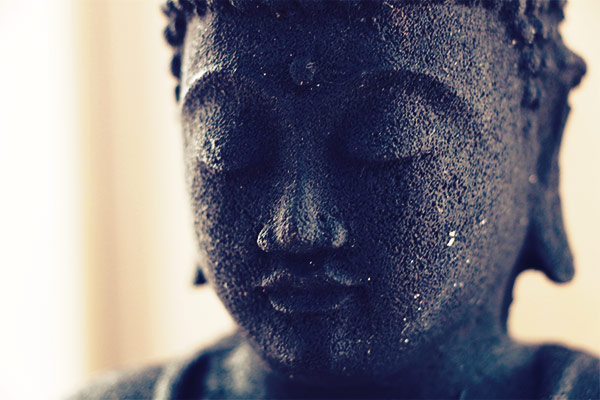
Buddhism is thriving in the united States and developing into “American Buddhism.” Buddhism has evolved over the years similar with all mainstream religions. It has branched out into several traditions and in almost every country where it exists, there’s a particular form of Buddhism being practiced. For instance, there’s Zen Buddhism which focuses on austerity and silence. There’s Theradva Buddhism wherein students try to master ancient texts. Pure Land Buddhism stresses on life virtues than rituals. And there’s Tibetan Buddhism which focuses on mindfulness and complex liturgy.
If there’s one place where Buddhism is perceived to thrive in the next few years, it’s in the United States. In fact, Buddhist teachers see that pure Tibetan Buddhism is evolving into what they call as “American Buddhism.” Buddhism in general is a hit in the US primarily because Westerners are “hungry for realization.” There’s an innate interest for Buddhist teachings. As what mindfulness teacher Chade-Meng Tan observes, Buddhism in the US is perceived to be “cool” and the dharma is “purer” compared to some Asian countries where the faith is widely practiced.
One specific area in Tibetan Buddhism that captured the attention of Americans is on its focus on death. Students can practice preparing death, especially those expecting to die alone. Kathy Wesley who is just one of the few Americans to fully become a lama explained that she fell in love in the Tibetan path because “It is so pragmatic and it also talks about dealing with your everyday mental afflictions. How to deal with your anger, how to deal with your sadness, how to deal with jealousy and competitiveness. Learning all of these techniques of meditation and putting them together, I feel is the richness of Tibetan Buddhism.” Wesley’s current goal is to adapt Tibetan Buddhist teaching for the Western culture.
SOURCE




